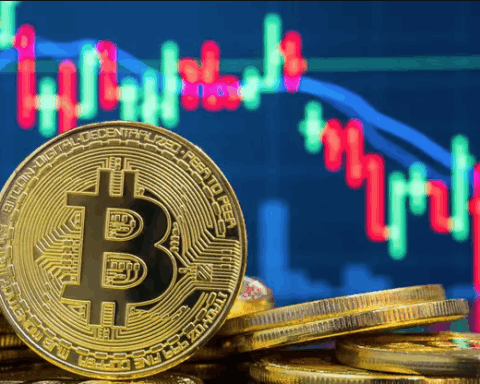Meloni Meets Trump: A New Right-Wing Axis in the Making?
Italian Prime Minister Giorgia Meloni’s meeting with Donald Trump was more than a bilateral engagement—it was a bold move that could reshape both European diplomacy and the global right-wing landscape. Officially, the goal was to negotiate relief from trade tariffs. But reading between the lines, Meloni’s visit reveals deeper ambitions: to position herself as the leading European figure in an emerging conservative alliance that stretches across the Atlantic.
The Ambassador of a New Right
Trump calling Meloni a “fantastic leader” wasn’t just flattery—it was recognition. On key issues like immigration, sovereignty, NATO spending, and trade, the two share substantial ideological ground. U.S. officials have even called Meloni a “bridge” between Europe and Washington, signaling that her visit was not just diplomatic, but symbolic of a shifting axis in transatlantic politics.
Being the first European leader to meet with Trump since his renewed rise also gives Meloni a strategic edge. It signals her readiness to engage with a possible second Trump administration, while many in Europe remain cautious. Unsurprisingly, not everyone is pleased. French officials have already warned that unilateral talks like Meloni’s could jeopardize EU unity.
Italy or the EU?
Meloni came to Washington with a clear agenda: to eliminate reciprocal tariffs through a “zero for zero” formula, scrapping duties on industrial goods between the EU and the U.S. This proposal had been floated by the European Commission earlier, but Meloni’s direct pitch to Trump marks an attempt to elevate her personal diplomatic profile—perhaps even at Brussels’ expense.
So the question arises: is Meloni acting on behalf of Europe, or carving out a distinct path for Italy?
The Zelensky Precedent: A Political Trap?
Ahead of the visit, Italian newspapers voiced concerns that Meloni might face a setup similar to Ukraine’s Volodymyr Zelensky, who was reportedly humiliated by Trump and VP JD Vance in a February White House meeting. Meloni, however, seems unfazed. She reaffirmed her support for Ukraine, strongly condemning Russia’s Palm Sunday attack on Sumy. Her stance shows that she’s not retreating from principle, even as she attempts to stay “eye-to-eye” with Trump on broader policy matters.
Conclusion: A Calculated Move
Meloni’s trip was a multifaceted maneuver. It wasn’t just about tariffs—it was about the future of right-wing power across the West. The meeting underscored the growing strategic relationship between European populists and their American counterparts. It also raised important questions about the cohesion of EU foreign policy and the growing appetite for strong, individual leadership in an era of institutional fatigue.
As Trump tightens his grip on American conservatism, Meloni appears ready to become his European counterpart. In doing so, she sends a clear message—not just to Trump, but to Brussels: “I represent more than just Italy. I represent the next Europe.”
- Tension Between Donald Trump and Elon Musk: Is a Major Crisis Beginning in the American System? - June 6, 2025
- Harvard Faces Federal Funding Freeze Over Alleged “Disrespect to the Nation,” Says McMahon - May 6, 2025
- Tariffs, Troubles, and Transition: A Tumultuous Week for the U.S. and NYC Economy - May 6, 2025









